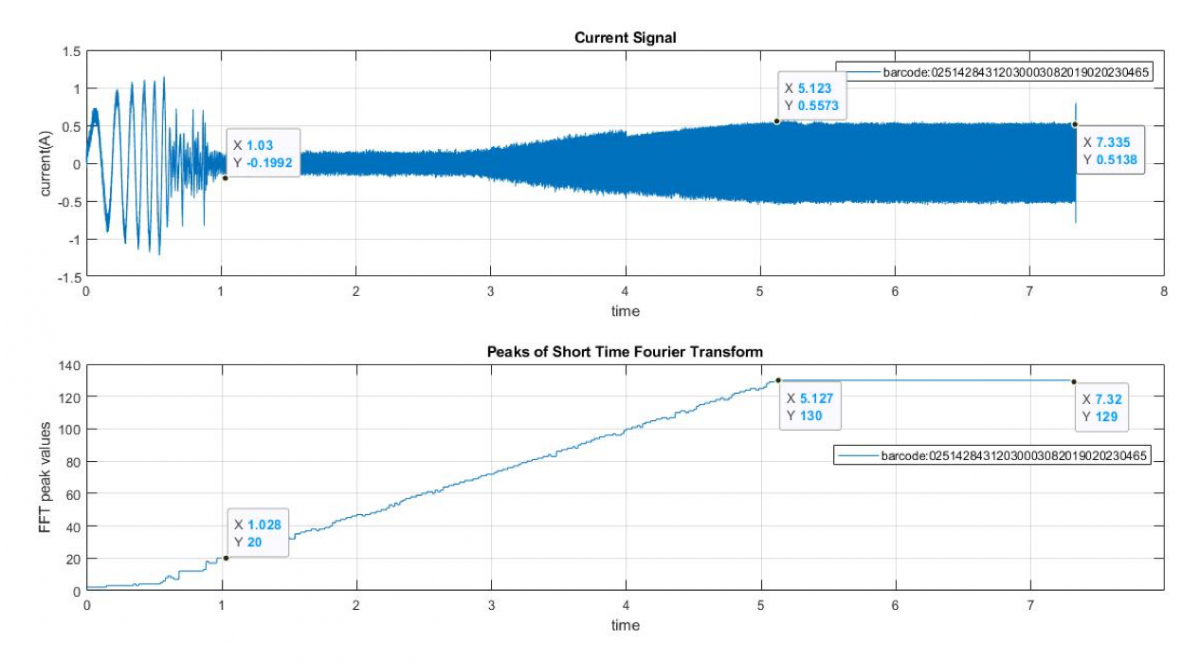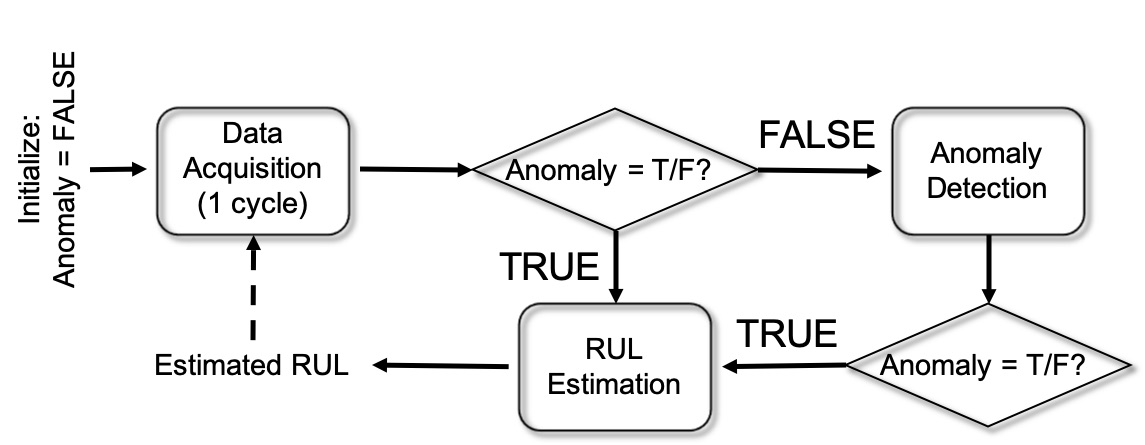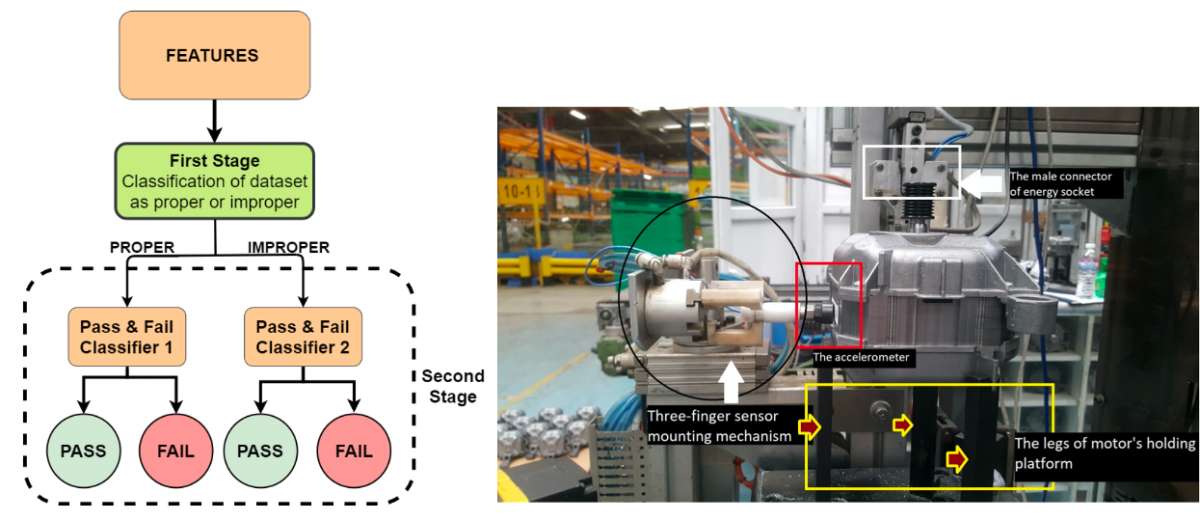Industrial Diagnostics & Prognostics
 Industry 4.0 is the response of modern industry to the information age. Its defining component is the central role of data analytics. Though, this involves a rather wide spectrum, one of the primary focii is sensor analytics. Sensor analytics refers to the acquisition, preprocessing, analysis, visualization of various sensor data (which is closely linked to Internet-Of-Things) to generate added value for the industry from manufacturing systems to resource/cost optimization and improved end-user services (eg. via connected consumer products). This project focuses on high quality (vibration, acoustic, energy) sensor data acquisition and analysis for diagnostic and prognostic purposes. The specific questions tackled with include faulty product detection, machine health monitoring and anomaly detection, remaining useful life estimation and predictive/prescriptive maintenance.
Industry 4.0 is the response of modern industry to the information age. Its defining component is the central role of data analytics. Though, this involves a rather wide spectrum, one of the primary focii is sensor analytics. Sensor analytics refers to the acquisition, preprocessing, analysis, visualization of various sensor data (which is closely linked to Internet-Of-Things) to generate added value for the industry from manufacturing systems to resource/cost optimization and improved end-user services (eg. via connected consumer products). This project focuses on high quality (vibration, acoustic, energy) sensor data acquisition and analysis for diagnostic and prognostic purposes. The specific questions tackled with include faulty product detection, machine health monitoring and anomaly detection, remaining useful life estimation and predictive/prescriptive maintenance.

Estimating remaining useful life (RUL) of industrial systems based on their degradation data is very critical. Machine learning models are powerful and very popular tools for estimating time to failure of such industrial systems. RUL is assumed to linearly decrease function with time and be equal to zero at the time of failure. However, RUL is ill-defined in the absence of degradation. State-of-art methods address this problem by setting a maximum RUL value and assuming constant RUL beyond this maximum.
In this study, a system level model based on anomaly triggering is proposed to estimate RUL of industrial machinery. In this approach, raw sensor data is monitored for degradation onset point via an anomaly detection method (cumulative sum (CUSUM) control chart in the experiments). When a change is detected, it is taken as the degradation onset point, and then the RUL of the system is estimated with a data-driven model. The efficiency of the proposed architecture is verified using a in-house simulation and a popular benchmark data. The experimental results demonstrate that the proposed model decreases the computational complexity and increases the accuracy of RUL estimation.




